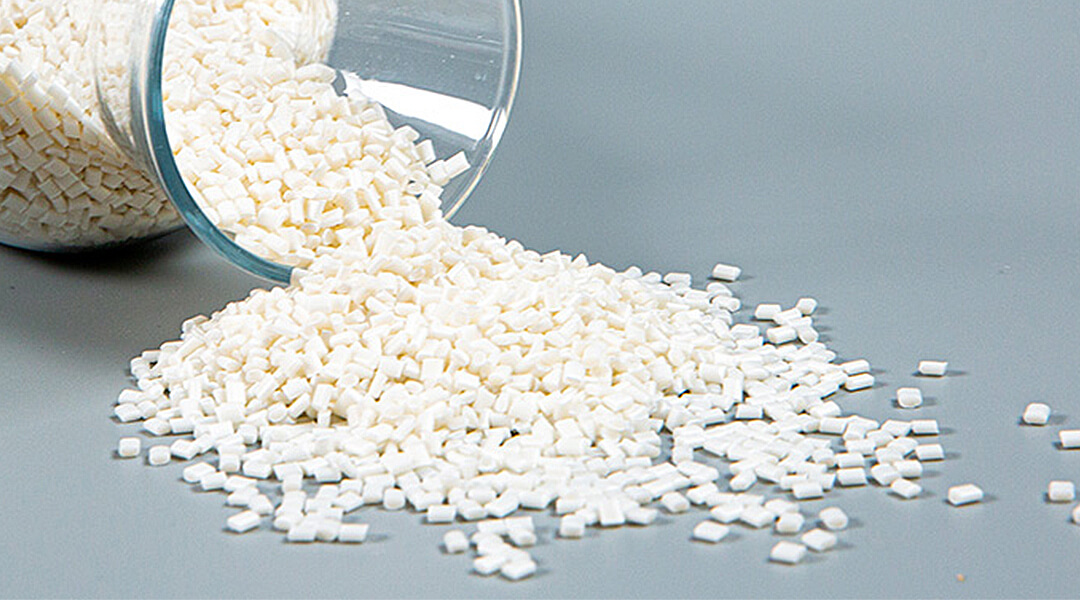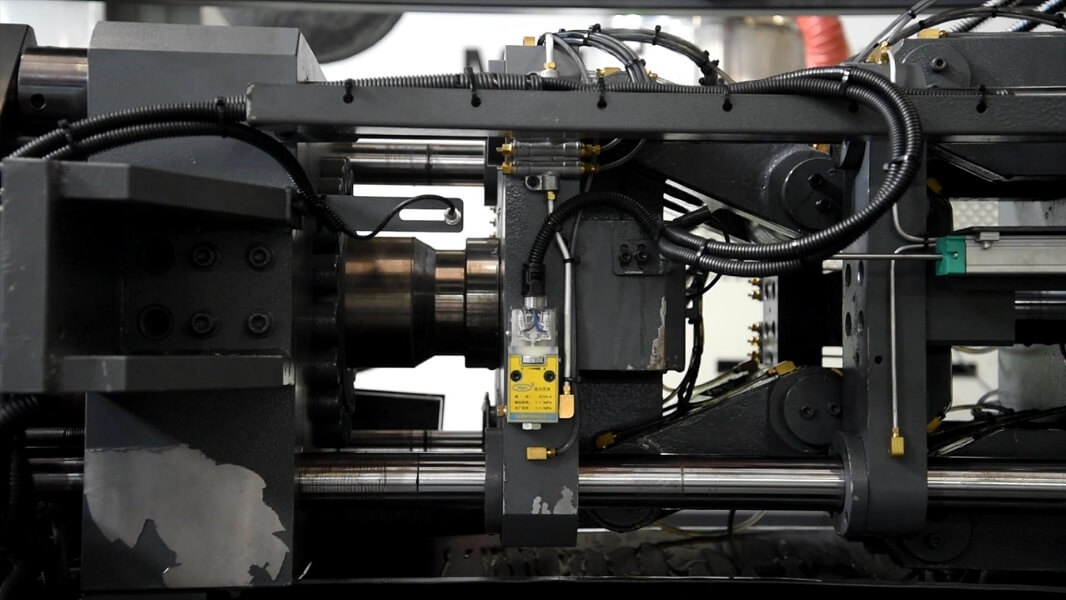

Injection moulding is the standard process of using a force to inject molten material into a mould, which is then packaged and cooled to produce the required injection-moulded part. This process is widely applied in the automotive and medical equipment industries because it is highly efficient and can mould intricate forms with small tolerances.
As for injection moulding, there is a list of factors that influence the overall quality of the final product and its parameters: material. Issues of tensile strength and stiffness of the moulding material of which the injection moulded parts are made are crucial in ascertaining their durability and utility. Besides, the melting point of the basic plastic resin and glass transition temperatures should also be considered.
There are numerous materials that are used in the plastic injection moulding and variety is possible for the manufacturer who wants to be assured he is creating efficient parts of high quality. Injection molding feed materials are for instance ABS, PP, polycarbonate and nylon. Every material has properties such as density, hardness, impact resistance, chemical and electrical ability. For instance, ABS material has a high impact strength and is chemically resistant comparatively with other plastics and polycarbonate has a reputation of a very transparent material with high impact strength. besides, polypropylene also contains less weight and has some important thermoplastic nature, in other words, it has many advantages. Nylon as a material is quite flexible and has moderate mechanical characteristics for use in industries where the item's durability is of significant importance.
When selecting the material specifically for the plastic injection moulded parts, you need to contemplate material compatibility, different material options, and the part's application. Some suitable materials include thermoplastic polyurethane and thermoplastic elastomer because they are elastic. Others, such as silicone rubber, are frequently used for medical purposes because their materials are biologically compatible. Also, as expected, almost every raw material, LDPE and HDPE, is selected for its ease of process and because it is relatively inexpensive. Knowledge of the materials' properties and distinctions between them minimizes the complexity of choosing an optimal material for subsequent plastic injection moulding.
In analyzing the choice of materials for production, care should be taken to look more at strength, flexibility, heat, and chemical resistance. In the case of polymer materials like polystyrene, polyethene, , there is a distinction in the properties of each type of material to meet its intended use. These properties are used by the compression moulding and transfer moulding processes to produce products having the correct standards. MIM materials are a combination of several materials, and these parts are known to be solid and flexible, particularly when making numerous complex components. To obtain compatibility with metal parts of certain kinds of products such as various sorts of steel – is also obligatory in the world of manufacturing to guarantee the final product's functionality.
Other materials include polyvinyl chloride and polyethene terephthalate; high heat resistance and dimension stability are vital. These materials are not affected by moisture and possess low density, which makes them useful in situations where there is a likelihood of material deformation. They are processed mainly by blow moulding and traditional injection moulding techniques so that they can form many kinds of merchandise.
For any part to be injected and moulded, several material properties must influence the final product's quality and properties. When planning to apply different materials in injection moulding, it is necessary to compare the materials in terms of their suitability and the characteristics of MIM. The principal materials used for injection moulding consist of thermoplastic, which has lower mp and is thus cheaper when moulded. According to the application need, a particular polymer among those mentioned may be chosen to realize a given goal. For instance, polypropylene is the second most used plastic in the world after polyethene; this has high strength and impact resistance, though not resistant to aggravated solid acids and bases. In the same way, it is easy and cheap to mould compared to other materials because of its characteristics, which can be processed like plastic. In injection moulding, it is possible to attain a range of textures and surface finishes, thus making it a vital process in the product manufacturing industry.

Metal Injection Molding (MIM) is a stirring practice of manufacturing whereby intricately shaped metal parts are shaped by employing the methodology of forming metals in the forgery industry in association with the plastic injection moulding procedure commonly utilized in the plastics manufacturing field. Stainless is one of the many metals typically employed in injection moulding. Other often used metals are Al and Ti.
The porosity is another important characteristic that should be taken into account while deciding on the material of an injection mould, whether it should be metal or plastic one. Metal materials such as stainless steel are known to have low water absorption rates, hence being recommended for use where water content is possible. While aluminium has a higher water absorption rate than steel, it is also popular in car production due to its lightweight and cheap prices.
When identifying critical characteristics of the material that a product or its component will be made of, there are four elementary aspects to bear in mind. First, strength is achieved by using pencils to ensure that the material used will be solid and long-lasting. Subsequently, a good form of material must be corrosion-resistant to cater to this vice that usually compromises the material's durability in harsh environments. Further, the generalized capability of temperature affects the stability of the material under extreme heat. Lastly, electrical conductivity is essential if materials are to be used in electronic applications. In this way, manufacturers can select the most appropriate material based on these properties for their products for standard injection moulding processes or any special applications.
Thus, when comparing MIM and Injection moulding, several factors must be considered. First of all, the moulding machine applied in MIM is more sophisticated and costly than the machine applied in plastic injection moulding. This is attributed to the fact that higher temperatures and pressure are necessary for moulding metal materials. Also, the injection material used in metal injection moulding is usually more expensive than plastic resins. However, Metal Injection Molding is a better method from the viewpoint of the strength and hardness of the final product.
Speaking of the methods for enhancing the properties of materials used in injection moulding, few strategies are allowed. Of course, all the products are produced using the primary material, but some add-ins are referred to as fillers and reinforcements. This can help enhance the general mechanical properties such as strength, stiffness and other end-product properties. Also very important when moulding is the mould temperature used in the moulding process. This can significantly influence the characteristics of the final material and the quality of the item being produced. Lastly, the treatments, including annealing or stress-relieving, can also be adopted as post-moulding treatments to obtain better material properties and improve the performance of injection moulded parts.
The most popular manufacturing technique used in the plastic parts project is injection moulding. It is based on such thinking that one can target certain materials with qualities ideal for the intended use. It is also essential that the material has strength, flexibility and chemical resistance, which is the basis of the moulding machine. Hence, there is a need to ensure that the choice of material used in producing the final product complies with the laid down standards. With more information on the material properties for injection moulding, other relevant sources of information include:
· Printed papers.
· Online technical journals and sites.
· The materials suppliers who can give adequate information and advice on what to do.

